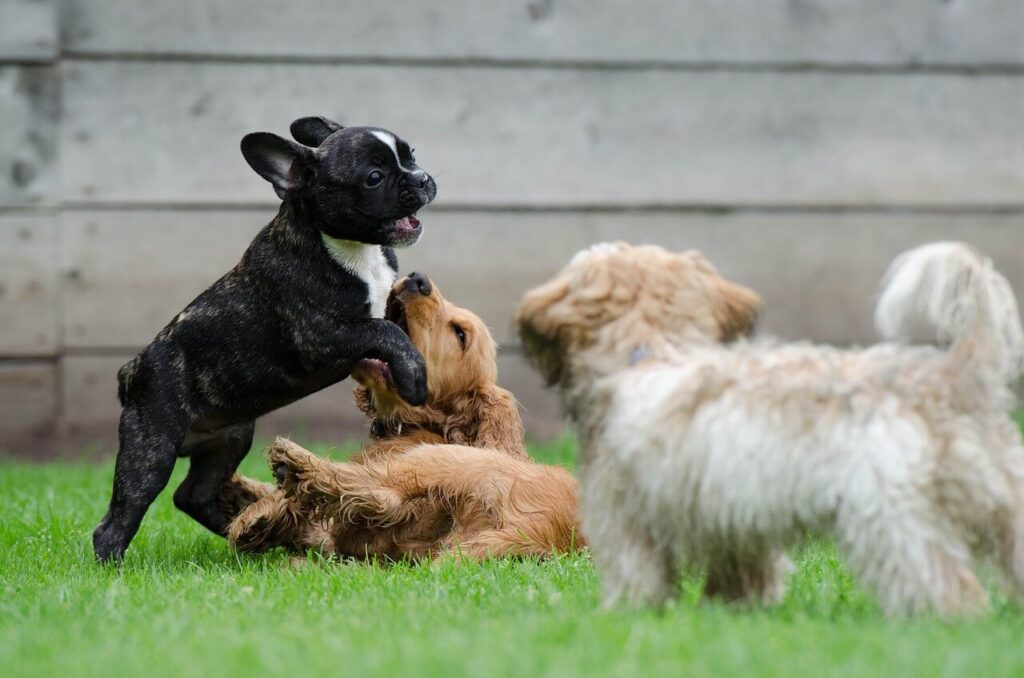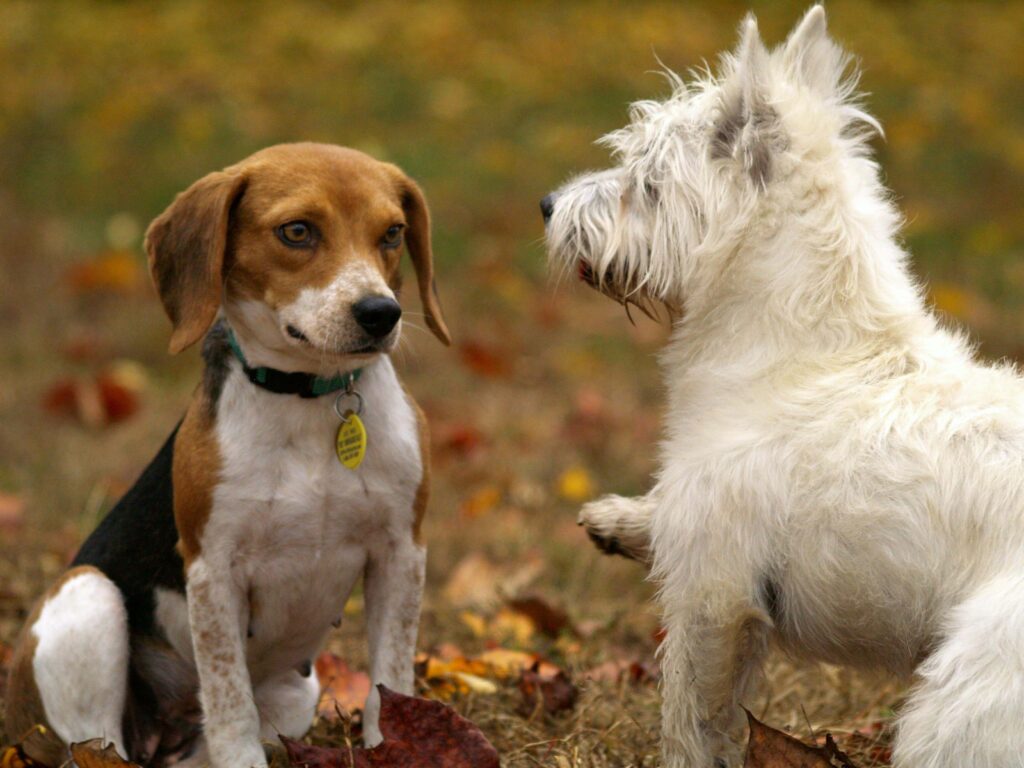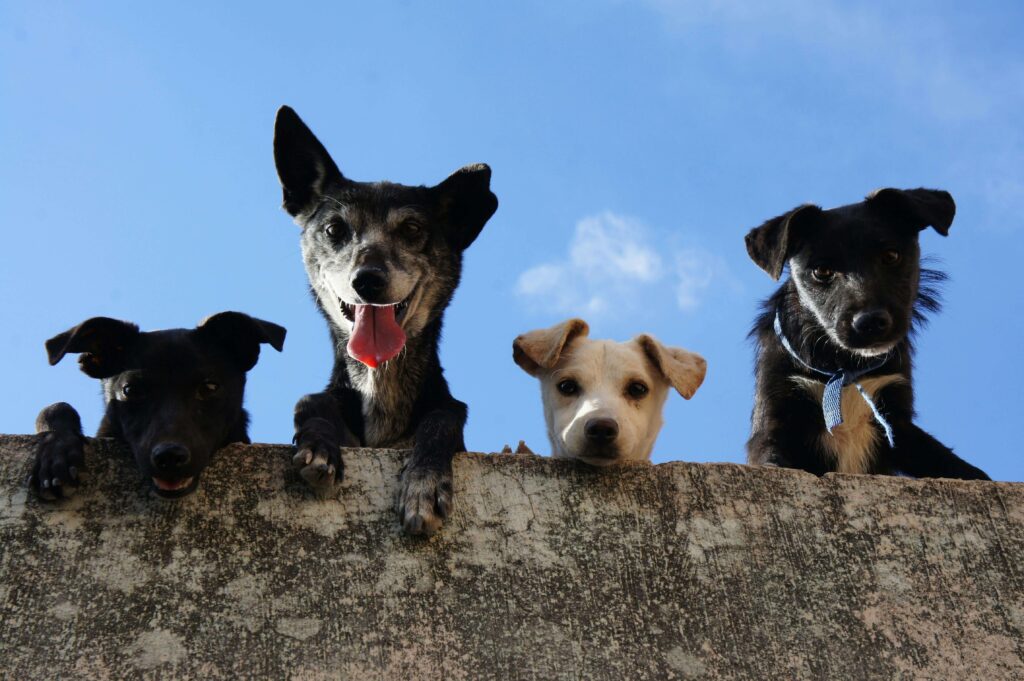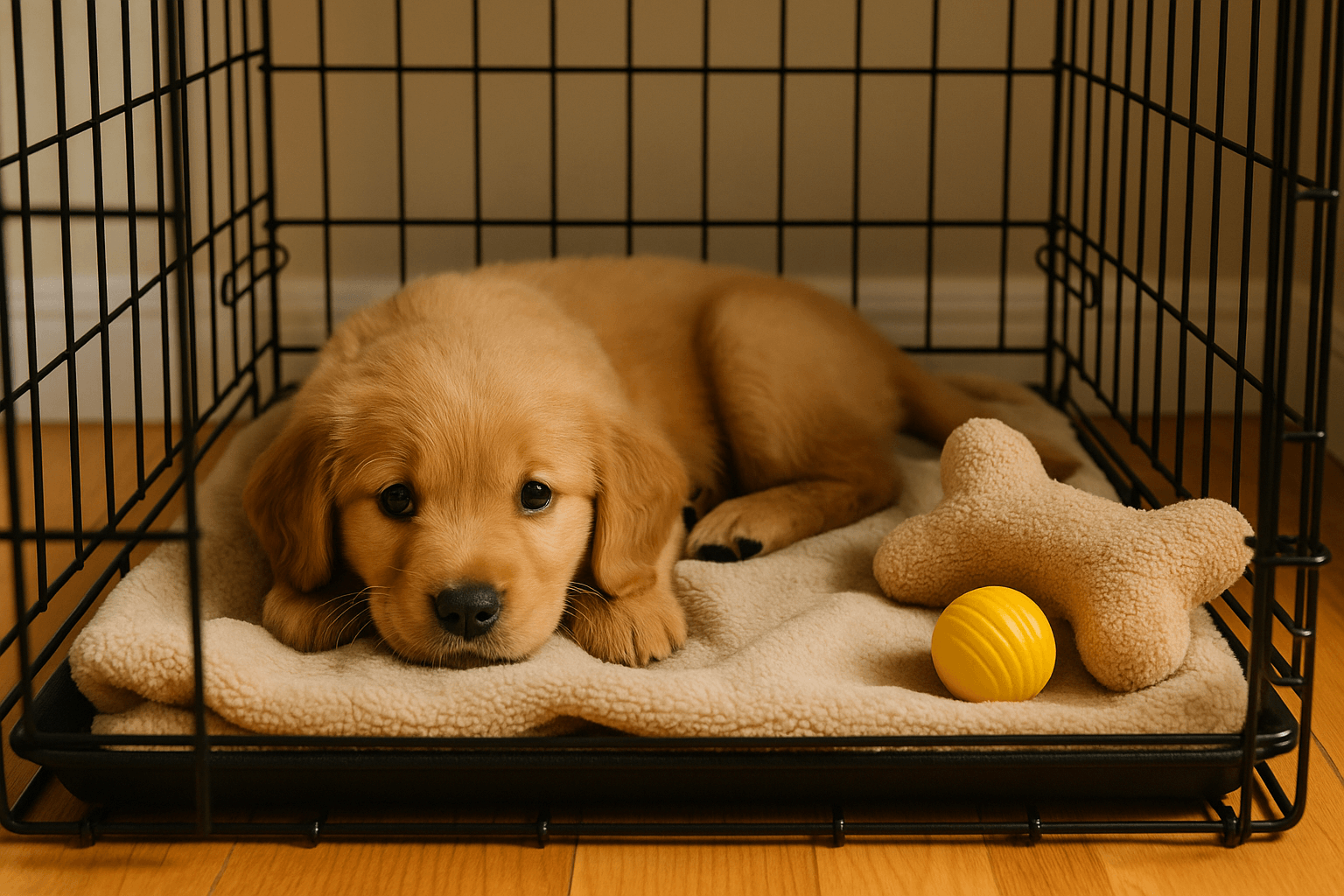How to Socialize Your Dog for a Well-Behaved Pet
Socialization is essential for raising a confident, well-mannered dog. Dogs that are properly socialized are less likely to develop fear, anxiety, or aggression and more likely to thrive in new environments and around new people or animals. Whether you’re starting with a puppy or working with an adult dog, this guide offers expert-backed tips to help your pet become a calm, friendly companion.
Why Socialization Matters
Proper socialization sets your dog up for long-term success and emotional well-being:
- Reduces fear and anxiety in new or unpredictable environments.
- Prevents aggression by making new people and animals feel familiar.
- Boosts confidence by exposing your dog to a variety of stimuli.
- Improves adaptability for things like vet visits, travel, or moving homes.
- Strengthens bonds with owners through shared positive experiences.

Tip: The socialization sweet spot for puppies is between 3–16 weeks, but adult dogs can learn too—with patience!
How to Socialize a Puppy
Puppies are naturally curious and learn quickly. Use this time to expose them to the world in a positive, structured way.
Introduce New People & Animals
- Let your puppy meet people of all ages, genders, and appearances.
- Arrange short, safe playdates with other fully vaccinated, friendly dogs.

Explore New Environments
- Take walks on different surfaces: grass, sand, concrete, wood floors, etc.
- Visit calm public places like pet-friendly stores or outdoor patios.
Expose Them to Everyday Sounds
- Use recordings of thunder, fireworks, traffic, etc., played at low volume.
- Pair exposure with treats or play to build positive associations.
Practice Gentle Handling
- Gently touch their paws, ears, and mouth regularly.
- This prepares them for grooming, nail trims, and vet exams.
Tip: Keep interactions positive—avoid overwhelming your pup or forcing them into situations they’re not ready for.
How to Socialize an Adult Dog
Socializing older dogs can take more time, but it’s absolutely possible with the right approach.
Start Slow and Stay Positive
- Begin in quiet, controlled environments.
- Reward calm or curious behavior with treats and praise.
Introduce Other Dogs Gradually

- Arrange leashed meet-ups in neutral spaces like parks.
- Watch body language: relaxed posture = good, stiffness or growling = slow down.
Introduce New Environments
- Begin with quiet walks before moving to busier areas.
- Let your dog explore calmly and at their own pace.
Join a Training Class
- Group obedience classes combine socialization with discipline.
- Trainers can safely help correct fearful or reactive behaviors.
Tip: If your dog shows signs of fear or aggression, a certified behaviorist can help tailor a plan.
Common Socialization Mistakes to Avoid
❌ Skipping early socialization – Puppies need exposure while their brains are still developing social maps.
❌ Pushing too fast – Too many new experiences at once can backfire.
❌ Forcing contact – Let your dog approach people, animals, or objects when they’re ready.
❌ Neglecting leash manners – Good leash behavior is key for social outings.
❌ Ignoring warning signs – Stress signals like a tucked tail, lip licking, or freezing mean it’s time to back off.
Tip: End every socialization session on a positive note with treats, play, or cuddles!
Final Thoughts
Socialization isn’t just about making your dog friendly—it’s about giving them the confidence to navigate the world calmly and safely. Whether you start early with a puppy or help an older dog adjust to new experiences, consistent exposure, patience, and positive reinforcement are the keys to success.
